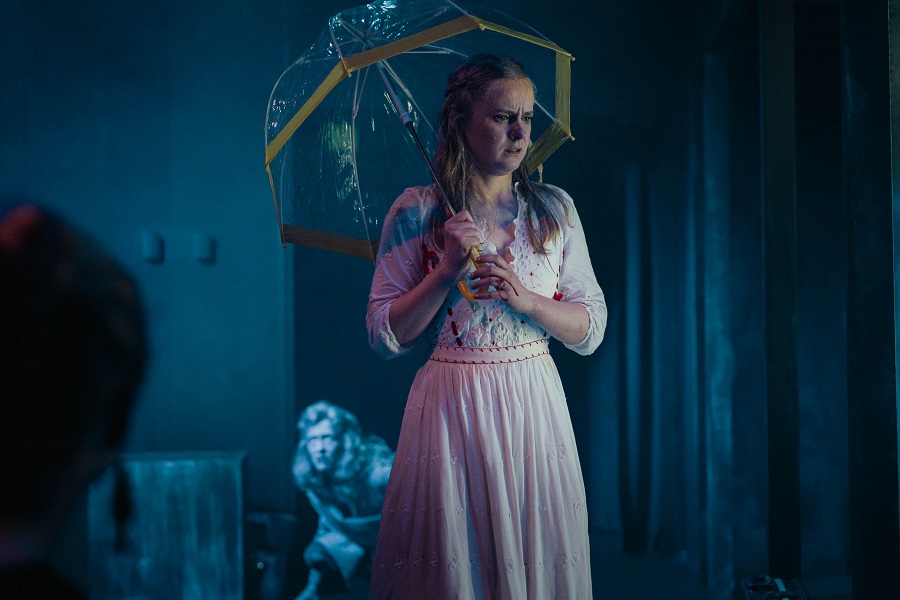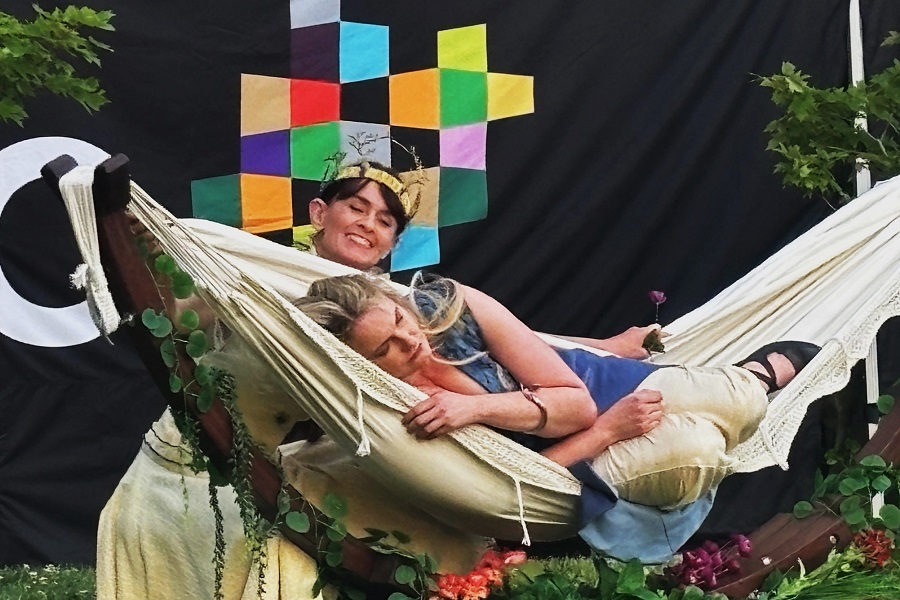
Craft / “Plant Stories: Woven Tapestry Narratives”. At the visitor centre, Australian National Botanic Gardens until October 29. Reviewed by MEREDITH HINCHLIFFE.
IN this exhibition, tapestry artists from around Australia tell stories about their experiences of Australian native plants through their work.

Before covid, the curator Valerie Kirk and then director of the Botanic Gardens, Judy West, agreed that an exhibition of tapestries, based on the topic, would be ideal in the visitor centre.
Fifteen tapestry weavers are showing their work.
Tapestry weaving and speed are mutually exclusive concepts and we owe it to the artists to spend time looking at them. And we should ‘look’ rather than just ‘see’ the tapestries on display.
Tapestry weaving is an art that dates from the Middle Ages but is constantly developing with contemporary artists updating techniques and exploring different yarns and materials. If you look carefully you will notice that these are woven – not stitched.
Several internationally recognised tapestry artists are exhibiting their work in this show, along with several who have only recently taken the art up.
Several artists are riffing off the “Lady and the Unicorn tapestries”, held in the Musée de Cluny in Paris. Many people are familiar with these six tapestries, woven around 1500 and representing the five senses with the sixth whose enigmatic meaning has inspired countless suggestions.
Cresside Collette is showing “And then she looked about her …”. The lady is pictured, with her headdress flowing behind her, wearing an elaborate gown. But she is surrounded by Australian flowers, trees and shrubs. This background is more dynamic than the original, and is a tribute to the original weavers.
Also riffing off the original Lady and the Unicorn, Joy Smith has selected fragments of the original tapestry and rather than weaving the European animals shown in the tapestry, she has woven images of vulnerable Australian animals: the bunyip, the Eastern Pygmy Possum and the koala. They are woven on the warp without a background, so are stark reminders of their uniqueness.
Kay Lawrence is showing a work titled “Oratunga Plant Song”. Oratunga is a location in the Flinders Ranges, and her work tells the story of the group names and language of the people who live in this area. She collected four different plants, took the dyestuff from the plants and dyed the yarns herself. This a sophisticated work, which captures some of the stories of vegetation in Oratunga.
Tapestry weaving is a craft – or art – which requires skill and time. The works in this exhibition also show a variety of motifs and forms which can be expressed through the use of yarn.
Who can be trusted?
In a world of spin and confusion, there’s never been a more important time to support independent journalism in Canberra.
If you trust our work online and want to enforce the power of independent voices, I invite you to make a small contribution.
Every dollar of support is invested back into our journalism to help keep citynews.com.au strong and free.
Thank you,
Ian Meikle, editor




Leave a Reply